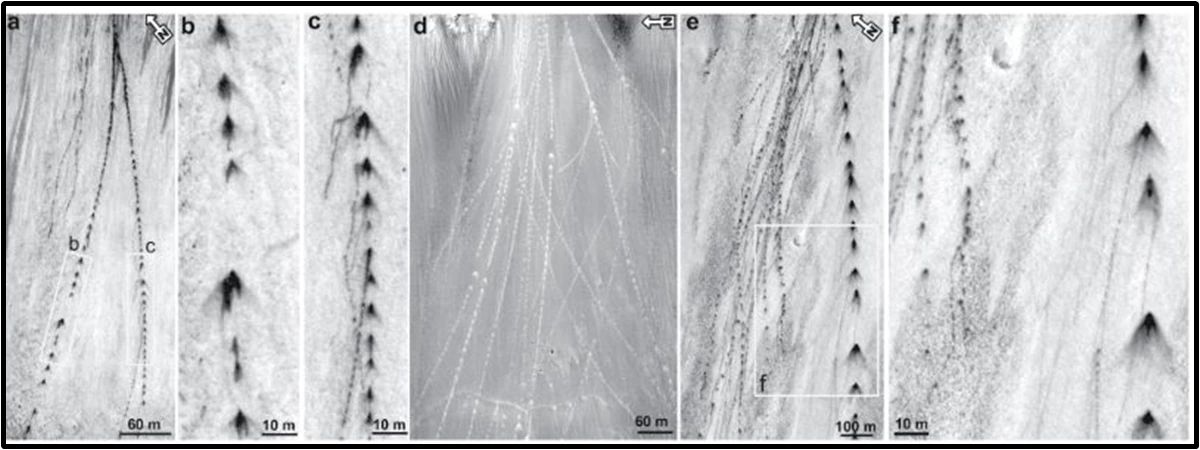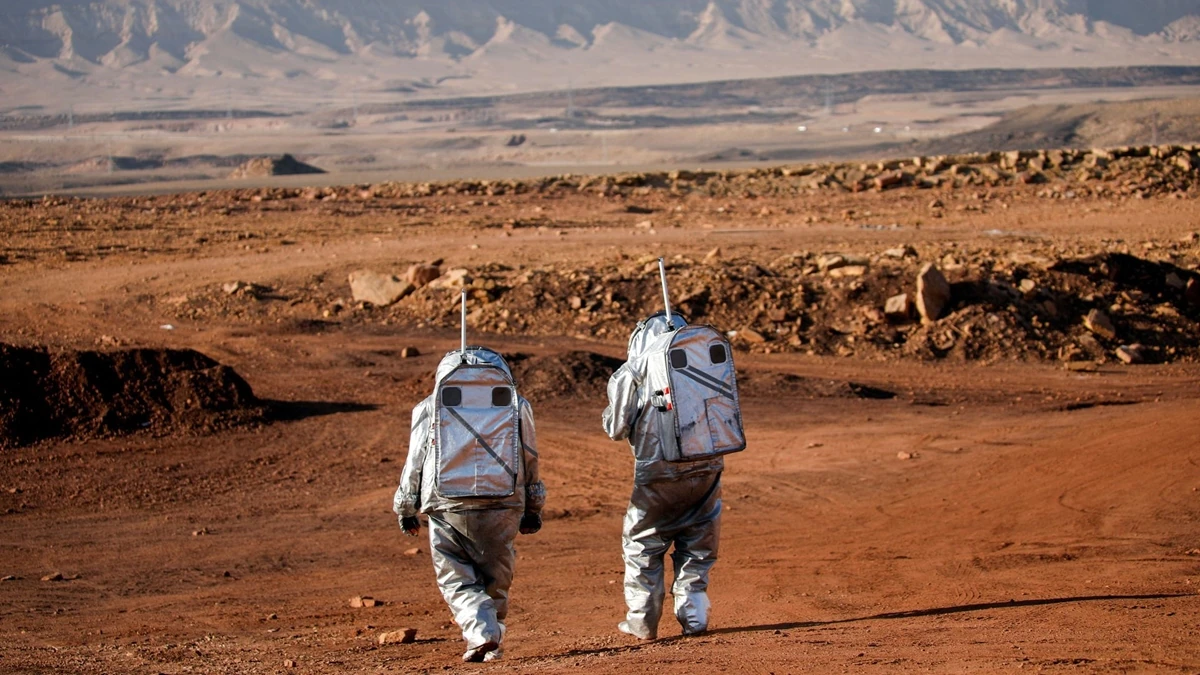Pushpa Telugu Movie Review, Rating
పుష్ప తెలుగు సినిమా రివ్యూ ,రేటింగ్
-
Is India Ready for Honest Menstrual Conversations? Rashmika’s Statement Proves We’re Still Split
-
Samantha x Pantaloons: The Style Earthquake That’s About to Redefine Modern India
-
Unveiling the Ultimate Beach Glam – Pooja Hegde’s Stunning Travel + Leisure Shoot
-
Avatar 5 Is Already Hiding in Fire & Ash — And You Didn’t Even Notice
-
Internet Fame Can’t Bail You Out: Doherty Arrested in Miami
-
₹90,000 PAYDAY SHOCKER: Kashi Vishwanath Priests Become Government Cash Cows — Is This Faith or Fraud?
-
PM JOSHI - The Machiavellian Mastermind of Maharani Season 4 — Fiction or Frighteningly Real?
-
₹62,000 CRORE SCAM EXPOSED — BJP Kicks Out Whistleblower RK Singh Instead of Investigating
-
From Nokia to Goa: When You Refuse to Upgrade, You Get Replaced.
-
Muslim Immigrants Wage Pork Panic to Crush a Tonkatsu Empire—Can Sanity Prevail?
-
Shocking! Europe’s Cradles Are Empty—Is This the End of a 200-Year Legacy?
-
INDIA’s DIRTY SECRET: 66% of Businesses Bribe Their Way to Survival – Is Your Future for Sale?
-
The Post-BJP Era Might Arrive — But Will The BJP Era Ever End Inside People’s Minds?
-
Rajamouli’s Ruthless Vision Revealed - Mahesh Babu’s First Look from Varanasi Hijacks the Internet
-
Aryan Khan Ordered Strict Secrecy!!
-
Rajya Sabha MP Shares His Post-Election Viewpoint
-
The Day Vijay Exposed Himself: A Simple Google Search Could Have Saved Him.
-
Enough Nostalgia: The Real CSK Has Returned, And It’s Not Here To Please You
-
Rupali Ganguly Starrer Thrills Fans!!!
-
Jamui District Election Seats Declared!?
-
Fans Call Out Kajol: ‘Irrelevant to Bollywood?’
-
Unfair Salary Demand: Aamir Khan's Controversial Move Could Hurt His Own Career
-
Tamannaah Bhatia Stuns in Dazzling Green Kalki Couture at Recent Event
-
Chief Minister Stalin Congratulates Bihar Chief Minister Nitish Kumar
-
Hollywood Isn’t Ready: Nolan’s The Odyssey Stuns With First Official Stills and a God-Tier Ensemble
-
Blockbuster Debuts, Back-to-Back Flops: Why Tollywood’s Fresh Faces Are Crashing Before They Can Rise
-
Delhi Crime Season 3 Review - A serious, sincere season that prioritizes truth over thrill
-
Forget the Box Office — Raashi Khanna Is Winning the Fashion Game
-
Kriti Shetty Just Dropped the Ethnic Look of the Season — and We’re Still Recovering
-
One Brand. Two Recipes. Zero Transparency
-
Pooja Hegde’s Sizzling Travel + Leisure Shoot: Too Hot to Handle or Just Getting Started?
-
Bengaluru Police: ‘Invisible Villain’ India Never Noticed!!
-
Andhra isn't developing, its dominating!!!
-
No Seats. No Excuses. No EVM Drama. PK Showed More Maturity Than India’s Two Famous ‘Nepo Kids.’
-
Andhra Pradesh rewriting India's destiny!!!
-
Massive Earthquake in IPL 2026 — IPL Has NEVER Seen a Trade Window This Wild
-
The Pepsi Promotion That Turned Into a Bloodbath: How One Marketing Mistake Killed Five People
-
Rs 10,000 Today, Rs 20,000 Tomorrow – The Brutal Cost of Freebies That Could Bankrupt India’s Next Generation!
-
Say Goodbye to Boring Broadcasts - China’s Mind-Blowing Tech Lets You Control the Camera
-
India’s MPs Live Like Royals. India’s Scientists Live Like Employees. Guess Whose Money Pays for Both?
-
Rakshit Shetty’s Dignified Silence Speaks Volumes After Rashmika’s Emotional Drama!
-
Poverty at the Bottom, Crime at the Top — Yet a Landslide Victory? Bihar’s Most Puzzling Mandate Ever
-
DMK Treats Elections Like War. Congress Treats Them Like Webinars.
-
Every Party Wants to Defeat BJP. Only DMK Understands What It Takes - Why DMK Must Prepare for a Ruthless, No-Limits Battle?
-
You Can’t Win What You Don’t Guard: Why Only DMK Understands the Real Science of Winning Elections.
-
190 Out of 243? Democracy or Daylight Magic Trick? The Bihar Result That Raised More Questions Than It Answered.
-
You Can’t Cry ‘Vote Theft’ Without Booth Agents: The One Question Rahul Gandhi Cannot Dodge.
-
BJP School Teacher Turned Predator – The POCSO Verdict That Shook Kerala!
-
She Drove on the Wrong Side — Then Screamed Like She Owned the Road. India’s Traffic Culture Has Hit Rock Bottom.
Empowering 140+ Indians within and abroad with entertainment, infotainment, credible, independent, issue based journalism oriented latest updates on politics, movies.
India Herald Group of Publishers P LIMITED is MediaTech division of prestigious Kotii Group of Technological Ventures R&D P LIMITED, Which is core purposed to be empowering 760+ crore people across 230+ countries of this wonderful world.
India Herald Group of Publishers P LIMITED is New Generation Online Media Group, which brings wealthy knowledge of information from PRINT media and Candid yet Fluid presentation from electronic media together into digital media space for our users.
With the help of dedicated journalists team of about 450+ years experience; India Herald Group of Publishers Private LIMITED is the first and only true digital online publishing media groups to have such a dedicated team. Dream of empowering over 1300 million Indians across the world to stay connected with their mother land [from Web, Phone, Tablet and other Smart devices] multiplies India Herald Group of Publishers Private LIMITED team energy to bring the best into all our media initiatives such as https://www.indiaherald.com

























